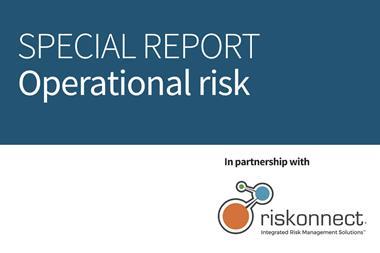Stress testing should be an important element in firms’ risk management processes, says regulator
The Financial Services Authority (FSA) has asked firms to improve their stress testing capability, by enhancing their capital planning and by introducing a reverse stress testing requirement for firms.
The FSA outlined its approach to stress testing, saying it consists of three main elements:
Firms’ own stress testing – The FSA expects firms to develop, implement and action a robust and effective stress testing programme which assesses their ability to meet capital and liquidity requirements in stressed conditions, as a key component of effective risk management
FSA stress testing of specific firms – As part of its more intrusive supervisory approach the FSA runs its own stress tests on a periodic basis for a number of firms. This is carried out regularly for specific high impact firms and for other firms as the need arises, to assess their ability to meet minimum specified capital levels throughout a stress period.
Simultaneous system-wide stress testing – This is undertaken by firms using a common scenario for the purposes of specific system-wide analysis for financial stability purposes.
Paul Sharma, FSA director of prudential policy, said: “Stress and scenario testing should be an important element in firms’ planning and risk management processes. These changes send a clear signal to firms’ senior management that they need to engage in building a robust stress testing infrastructure as an important part of effective risk management, and use that to assess capital needs in a stress.”
She added: “Reverse stress testing is a separate, but complementary exercise. It is essential that firms identify what could cause their business to fail and use this information to ensure that the relevant risks are sufficiently well-understood and appropriately managed to secure consumer protection and market confidence.”



















